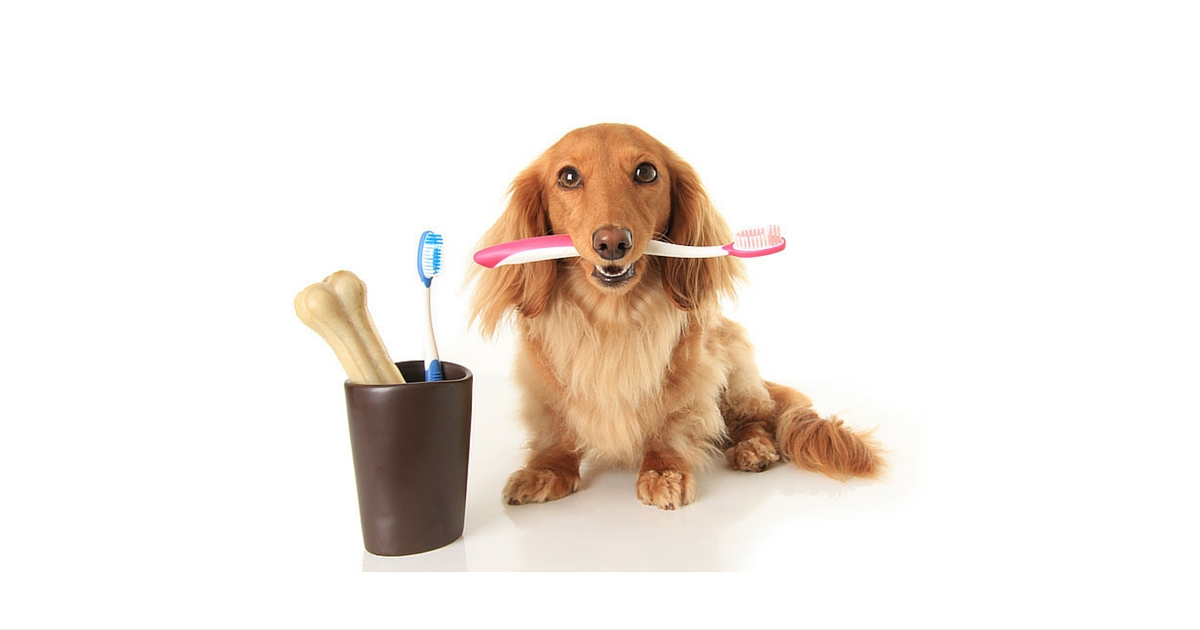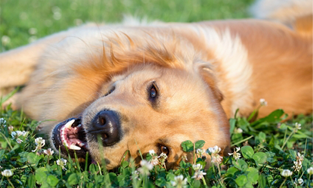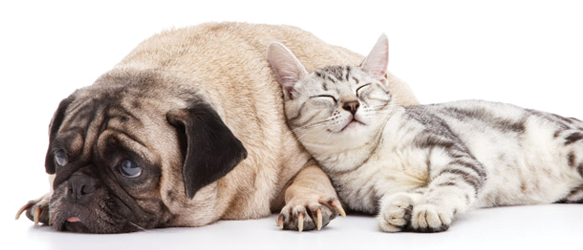Make dental hygiene a fun and rewarding experience 
22nd February 2016
Bad breath is usually a sign that something’s not quite right with Fluffy or Fido. That odour is generally caused by a mouth issue, but it could also be an indicator of other health problems. Did you know that the most common disease in pets is periodontal or gum disease? Just like humans, our pets can experience broken teeth, orthodontic issues and cavities, and any of these problems, but particularly periodontal disease, can lead to an infection that may introduce bacteria to other parts of your pet’s body.
You probably know what a throbbing tooth feels like, and studies show that dogs and cats have pain thresholds that are almost identical to humans. But because dogs and cats are descended from wild animals, they are not likely to show they are in pain, so it’s up to you and your vet to make regular inspections of your pet’s mouth to ensure all is well.
Brush those teeth!
Dogs and cats can be trained to accept daily tooth brushing. Just start slowly and use lots of positive reinforcement along the way. Remember though – home dental care can’t fix an existing problem like broken or decaying teeth, so don’t start brushing until after your vet has given you the go-ahead.
Home dental care can be easy for both of you if you follow these veterinarians’ tips! The goal is to remove plaque before it turns into tartar, and note that brushing any less than every other day provides no benefit.
Step 1 Start the training early at 8-12 weeks, if possible. Play with your pet’s muzzle and tickle her lips. When she allows it, rub her teeth and gums with your finger. Bribe her with a little beef broth or tuna juice on your finger, and keep your sessions short and at the same time each day, preferably close to bedtime.
Step 2 Using a washcloth wrapped around the end of your finger, and again, flavoured as in step 1, gently rub her teeth. Start at the front, and gradually work your way toward the back teeth.
Step 3 Graduate to a soft baby toothbrush, and brush up and down at a 45 degree angle, then back and forth from gum to tip. Continue to use flavoured broth or juice and keep it short and sweet with a cuddle or play reward at the end of each session.
Step 4 Ask your vet to recommend a pet tooth paste or gel. Do NOT use human tooth paste, baking soda or hydrogen peroxide!
Step 5 Offer mildly abrasive foods and toys on a daily basis. Dry kibble, dense rubber chew-toys, rawhide and special dental pet biscuits are all good choices and help remove plaque from teeth. Do NOT offer natural bones, ice cubes or hard nylon toys as these can fracture teeth.
And there you have it! Make dental hygiene a fun and rewarding experience and Fluffy and Fido will welcome their daily dental routine!
Related Articles:
Healthy Bone Broth Recipes for your Dog
Is fish doing your cat or dog more harm than good?

10 important questions to ask before boarding your pet
Going away on holiday can be an exciting time for us pet owners, yet how can you be sure that your companions stay will be as happy and relaxing as your own, whilst you are away? Leaving your pet with knowledgeable and experienced pet boarding operators can be achieved by knowing the right questions to ask.
Read more

 *Fully tax deductible, 30 day money back guarantee
*Fully tax deductible, 30 day money back guarantee



